We’re living in a fascinating, and perhaps slightly unsettling, time. Artificial intelligence isn’t just a futuristic fantasy anymore; it’s rapidly reshaping how we create and consume content. AI-generated content, once a novelty, is becoming increasingly sophisticated, accessible, and impactful. This blog post delves into the world of AI-generated text, images, video, and audio, exploring the technology, its practical uses, and the crucial ethical questions we need to address.
1. AI-Generated Text: From Simple Summaries to Creative Writing
AI text generators, powered by large language models (LLMs) like GPT-4, LaMDA, and others, have evolved dramatically. They can now:
- Summarize long articles or documents: Quickly extract key information.
- Write different kinds of creative content: Poems, code, scripts, musical pieces, email, letters, etc.
- Translate languages: Real-time translation is becoming increasingly accurate.
- Answer questions in an informative way: Even if they are open ended, challenging, or strange.
- Generate different creative text formats, like poems, code, scripts, 1 musical pieces, email, letters, etc. 1. top.gg top.gg
- Generate marketing copy: Product descriptions, ad slogans, social media posts.
- Assist with customer service: Powering chatbots and automated email responses.
- Create personalized learning materials: Tailoring educational content to individual student needs.
| Tool | Strengths | Weaknesses | Practical Applications |
|---|---|---|---|
| Jasper | Strong for marketing copy, blog posts, long-form content. User-friendly. | Can sometimes sound generic; requires human editing for accuracy and nuance. | Content marketing, social media, email campaigns, website copy. |
| Copy.ai | Good for brainstorming, generating multiple variations of text quickly. | Less strong for long-form content; can produce repetitive or nonsensical output. | Ad copy, social media captions, product descriptions, headline generation. |
| GrammarlyGO | Help improve writing by providing suggestions. | Can sometimes over edit. | Professional emails, blog posts, business documents. |
| Google Bard/Gemini | Good with creative content and question-answering. Good for research. | Can be prone to “hallucinations” (making things up). | Creative writing, research, chatbot development, scriptwriting. |
2. AI-Generated Images: From Abstract Art to Photorealistic Renderings
AI image generators, such as DALL-E 2, Midjourney, Stable Diffusion, and Adobe Firefly, are transforming visual creation. Users can simply type a text prompt (e.g., “a photorealistic image of a cat astronaut exploring a nebula”), and the AI will generate a corresponding image.
| Tool | Strengths | Weaknesses | Practical Applications |
|---|---|---|---|
| DALL-E 2 | High-quality images, good at understanding complex prompts, in-painting. | Limited free access; can struggle with specific details (e.g., hands, text). | Concept art, illustration, marketing materials, product design, personalized art. |
| Midjourney | Artistic and stylized images, strong community, good for creative exploration. | Requires Discord; interface can be less intuitive for beginners. | Concept art, fantasy illustration, graphic design, logo ideas, abstract art. |
| Stable Diffusion | Open-source, highly customizable, strong community support. | Requires more technical knowledge to set up and use effectively; quality can vary. | Research, custom image generation, artistic experimentation, software development. |
| Adobe Firefly | Integrated with Adobe Creative Suite, ethically trained (on Adobe Stock). | Newer, still developing features; may not be as powerful as some other models. | Graphic design, photo editing, marketing materials, content creation within Adobe ecosystem. |
3. AI-Generated Video: The Next Frontier
While still in earlier stages compared to text and image generation, AI video generation is rapidly advancing. Tools like RunwayML, Synthesia, and Pictory are making it possible to:
- Create short videos from text prompts: Describe a scene, and the AI will generate a video.
- Generate talking head videos: Create realistic avatars that can speak text (useful for presentations, training videos).
- Automate video editing: Tasks like adding captions, transitions, and background music.
- Clone a person apperance and voice: Use the likeness of a person.
| Tool | Strengths | Weaknesses | Practical Applications |
|---|---|---|---|
| RunwayML | Versatile platform, good for experimental video creation, research. | Can be complex to use; requires some understanding of AI video generation concepts. | Art installations, experimental film, research, short-form video content. |
| Synthesia | Focuses on creating realistic talking head videos from text. | Limited customization of avatar appearance and environment; can feel “uncanny valley.” | Training videos, explainer videos, marketing presentations, personalized video messages. |
| Pictory | Simplifies video creation from text, good for social media content. | Less control over the final output compared to more advanced tools. | Social media videos, blog post summaries, short promotional videos, video ads. |
| Gen-2 by Runway | Creates realistic looking videos using only text. | Limited free trials. | Short marketing clips, videos. |
4. AI-Generated Audio: From Music to Voiceovers
AI is also revolutionizing audio creation:
- Music generation: Tools like Amper Music, Jukebox, and Soundraw allow users to create original music in various styles.
- Voice cloning: Replicate a person’s voice from a sample recording (used for voiceovers, audiobooks, and, potentially, more controversial applications).
- Sound effect generation: Create unique sound effects for games, videos, and podcasts.
- Text-to-speech (TTS): Convert written text into natural-sounding speech.
| Tool | Strengths | Weaknesses | Practical Applications |
|---|---|---|---|
| Amper Music | User-friendly, good for creating background music for videos and podcasts. | Limited customization of musical elements; can sound somewhat generic. | Video soundtracks, podcast intros/outros, background music for presentations. |
| Jukebox (OpenAI) | Can generate highly creative and experimental music. | Requires significant technical expertise to use; output can be unpredictable. | Music research, experimental music composition, generating unique soundscapes. |
| Soundraw | Easy to use, allows for customization of mood, genre, and length. | Limited control over specific musical details. | Background music for videos, presentations, and websites. |
| ElevenLabs | Good for creating realistic voiceovers. | subscription required. | Narration, Audiobooks |
Ethical Considerations: A Crucial Discussion
The power of AI-generated content comes with significant ethical responsibilities:
- Copyright and Ownership: Who owns the copyright to AI-generated content? The user? The AI developer? This is a complex legal area that’s still evolving. Using copyrighted material to train AI models is also a major concern.
- Misinformation and Deepfakes: AI can be used to create highly realistic fake images, videos, and audio, potentially spreading misinformation or damaging reputations.
- Bias and Representation: AI models are trained on data, and if that data contains biases (e.g., underrepresentation of certain groups), the AI will likely perpetuate those biases.
- Job Displacement: The automation of content creation raises concerns about the potential impact on creative professionals.
- Authenticity and Transparency: It’s becoming increasingly important to be able to identify AI-generated content and distinguish it from human-created work. Watermarking and disclosure are key.
- Plagiarism: Easy to unintentionally copy exiting work.
Practical Applications: A Wide Range of Possibilities
Despite the ethical challenges, the practical applications of AI-generated content are vast:
- Marketing and Advertising: Creating personalized ads, generating social media content, writing product descriptions.
- Content Creation: Assisting writers, artists, and musicians in their creative processes.
- Education: Developing personalized learning materials, creating interactive simulations.
- Entertainment: Generating new forms of art, music, and games.
- Accessibility: Creating audio descriptions for visually impaired individuals, translating languages in real-time.
- Research: Assisting with data analysis, generating hypotheses, and writing scientific papers.
The Future of AI-Generated Content
AI-generated content is only going to become more sophisticated and integrated into our lives. We need to have open and honest conversations about the ethical implications and develop guidelines to ensure responsible use. This technology has the potential to be a powerful tool for creativity and innovation, but only if we navigate its challenges thoughtfully. The key will be finding the balance between embracing the potential of AI and mitigating the risks. It is crucial to educate yourself, stay informed and always maintain critical thinking.
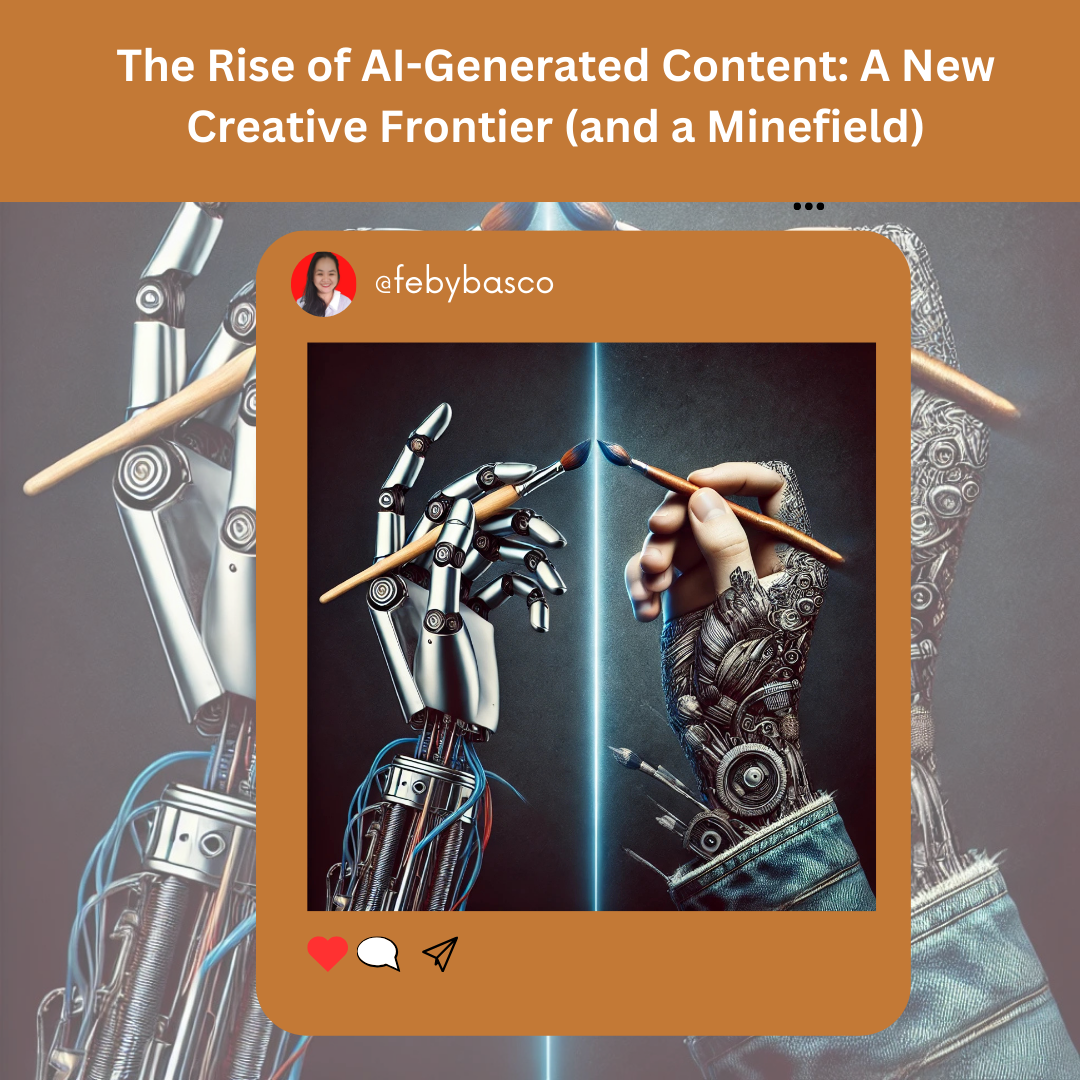

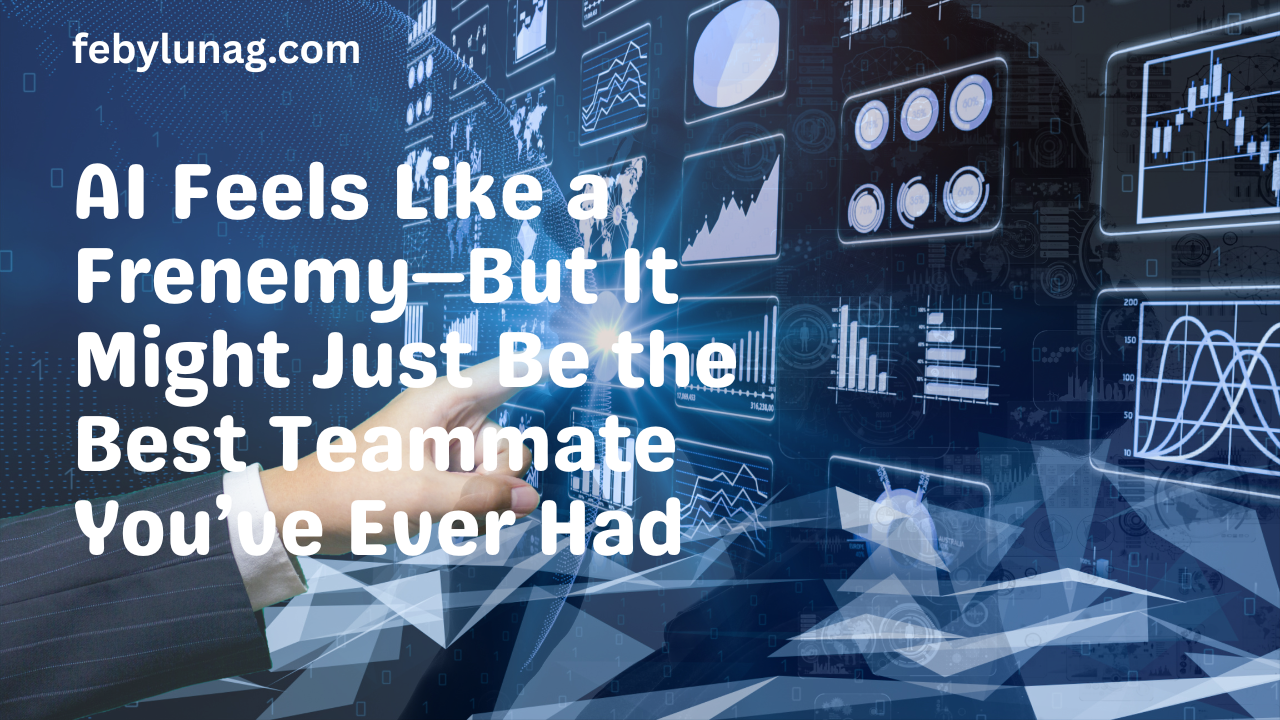
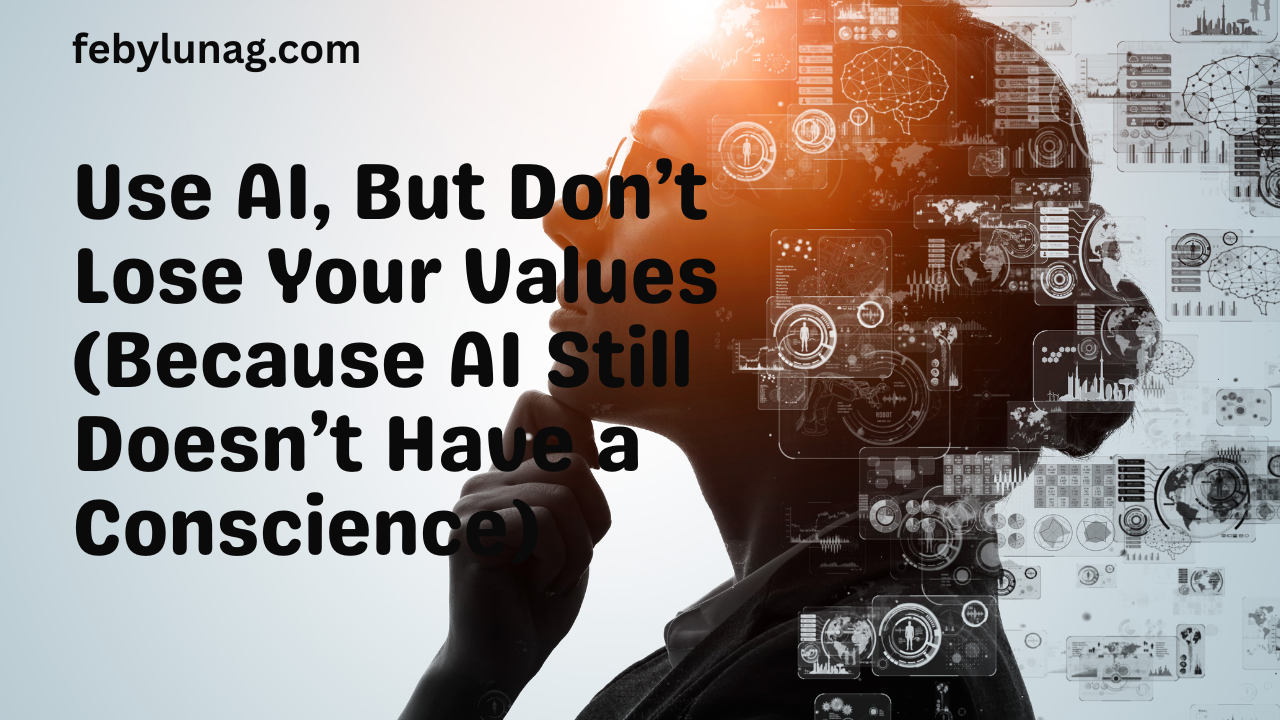
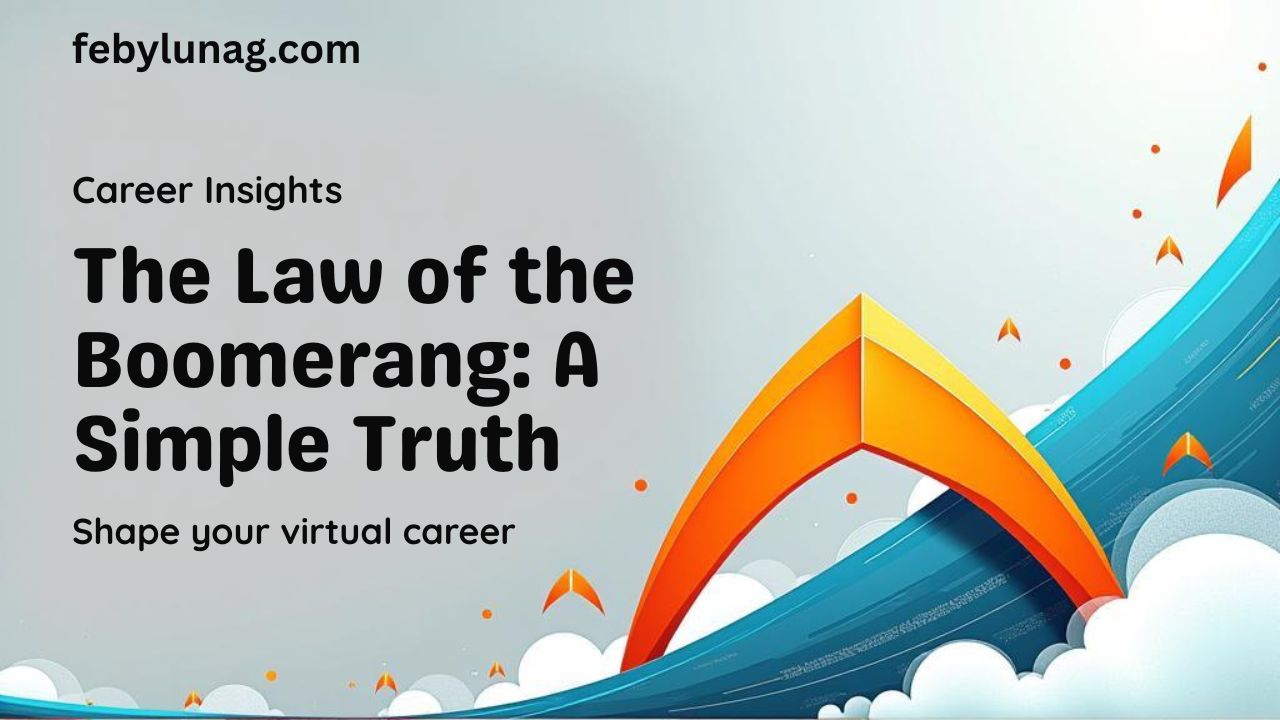
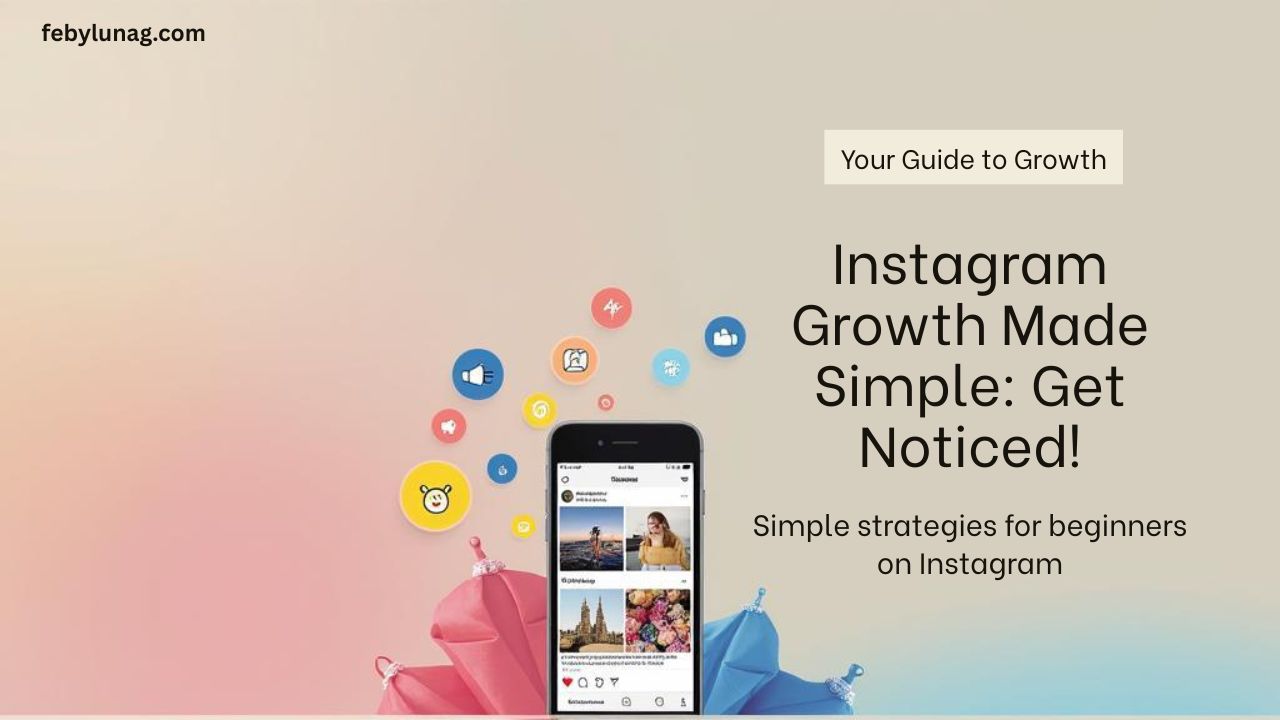

Leave a Reply